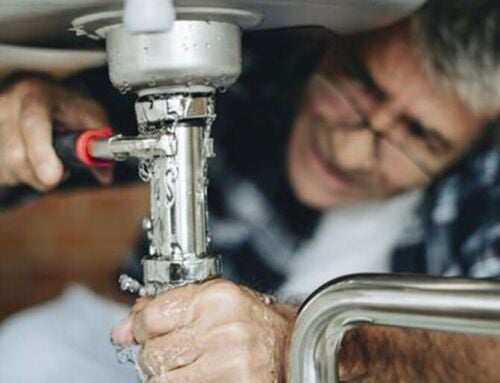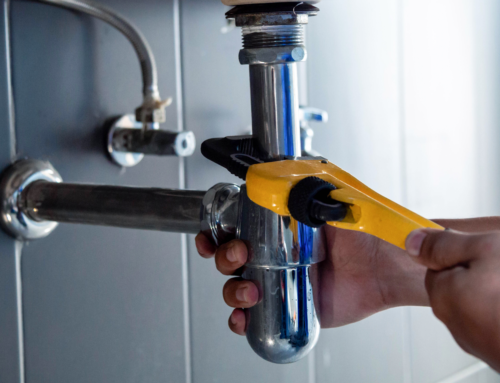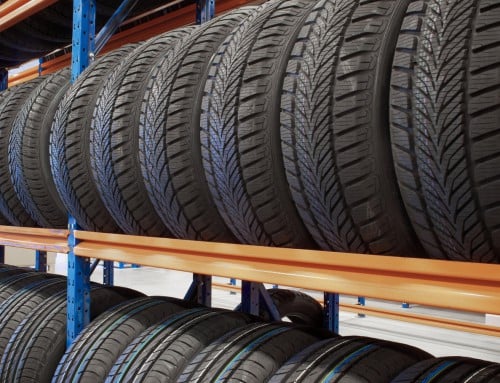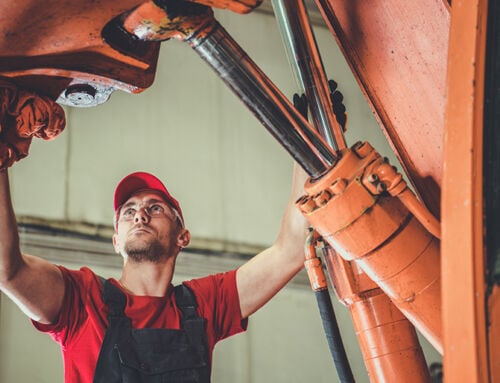Whether climbing a ladder on an uneven surface, carrying heavy supplies on slippery floors, or simply walking down a cluttered hallway, workers can face several hazardous situations throughout a typical work day.
Indeed, more than 42,000 Canadians are injured in work-related falls each year, representing about 17 per cent of lost-time injuries across the country, according to the Canadian Centre for Occupational Health and Safety (CCOHS).
A workplace injury could lead to a liability claim — a type of legal claim related to a hazard or dangerous condition in a workplace or on a jobsite. It could also lead to reputational damage and poor employee morale.
Workplace hazards
A single oversight could lead to an incident involving injuries, delays, and business interruption, which can cost time and money. Hazards are often in plain sight but can easily be overlooked during a busy workday.
Workplace safety standards are important to have in place in order to keep everyone safe. The most frequently cited workplace safety standard violation for 2023 is fall protection, according to the Occupational Safety and Health Administration (OSHA). This is followed by hazard communications, ladders, and scaffolding.
That’s why it’s important to evaluate your safety program on a regular basis to determine whether it needs changes or updates — and to enforce inspections of housekeeping and maintenance in all work areas.
Workers should also be trained to identify hazards and perform tasks safely, including things like how to use power tools properly and which personal protective equipment (PPE) is required for certain tasks. If an incident does happen, they should know what to do during and immediately following an incident to ensure emergency services are dispatched in a timely manner.
Falling from heights
Falling from heights is a leading cause of workplace injuries and deaths, according to the CCOHS. This could involve falling from a step ladder, off a roof, or even through a hole in the floor. Other fall hazards include the use of elevated work platforms or forklift platforms, as well as working above open vats, bins, or tanks.
Your management team should take time to develop, implement, and commit to a fall protection program, which all employees should be trained on. It’s important that this program is evaluated on a regular basis in order to ensure the program’s effectiveness, and to determine whether it needs changes or updates.
Ladder safety
Falls from ladders can cause injuries ranging from sprains to even death. For example, a worker could lose their balance while getting on or off an unsteady ladder, or the ladder could move and slip from its supports.
As a best practice, workers should first determine the correct length and type of ladder based on load rating (metal ladders should be avoided if they’ll be near exposed electrical equipment and power lines). Workers should never apply more weight on a ladder than it’s designed to support.
They should then inspect the ladder for any damages or defects. Portable ladders should only be used on level surfaces and positioned so the side rails extend above the landing. Side rails should then be secured at the top to a rigid support — a grab device should be used when an adequate extension isn’t possible.
Unprotected sides, wall openings, and floor holes
Almost all construction sites have unprotected sides and edges, wall openings, and floor holes at some point during construction. If these sides and openings aren’t protected at your site, injuries from falls — or from falling objects — may result in sprains, concussions, or fatalities.
When there are situations where workers could fall, use a guardrail system, safety net system, and/or fall arrest system. In general, it’s better to use fall prevention systems such as guardrails, rather than fall protection systems such as safety nets or fall arrest devices.
Cover floor holes and openings as soon as they’re created. All floor hole covers should be constructed so they’ll effectively support two times the weight of employees, equipment, and materials.
Walking surfaces and obstructive materials
It’s easy for basic housekeeping to be overlooked during a busy workday, but it’s important to keep up with it. This can include things like clearing walkways from clutter and debris, and organizing products, supplies, tools, and equipment according to rules and regulations.
In cooler weather, inspect the work area for slippery or icy conditions, and apply salt, if necessary, before starting work for the day. Also check the site for uneven floors, and patch or fill any holes, grooves, or cracks. Cover cords on the floor with tape or protective covers, mark glass doors, and use yellow paint to indicate walkway elevations.
Lifting and moving objects
Lifting is the most common cause of low back pain at work in Canada, according to the CCOHS, particularly when lifting heavy loads or lifting a load frequently or repeatedly. Train employees on correct lifting techniques, such as taking a wide squatting stance and lifting with your legs, while keeping your head up and looking forward. Workers should also be encouraged to ask for help if a load is too large or heavy.
Establishing a safety culture
Before starting a job, pre-plan the number of employees, tools, and equipment required to avoid rushed jobs and understaffing. Ensure there is periodic monitoring to evaluate work conditions, safety policies and procedures, management accountability, and employee compliance — and correct any identified hazards immediately to reduce exposures to employees.
Incorporate information about slips, trips, and falls into your written policies and procedures. Display that information in prominent areas; for example, the CCOHS offers workplace safety posters that can be downloaded for free. Perhaps most importantly, have senior employees mentor and encourage newer employees on safe practices to help establish a culture of safety.
Protect yourself and your business
No matter how prepared you are, you can’t always control what happens to your employees and your business as a whole. That’s why having the right protection in place is extremely important and beneficial. To learn more about protecting yourself and your business, visit our contracting insurance page today.
This blog is provided for information only and is not a substitute for professional advice. We make no representations or warranties regarding the accuracy or completeness of the information and will not be responsible for any loss arising out of reliance on the information.






